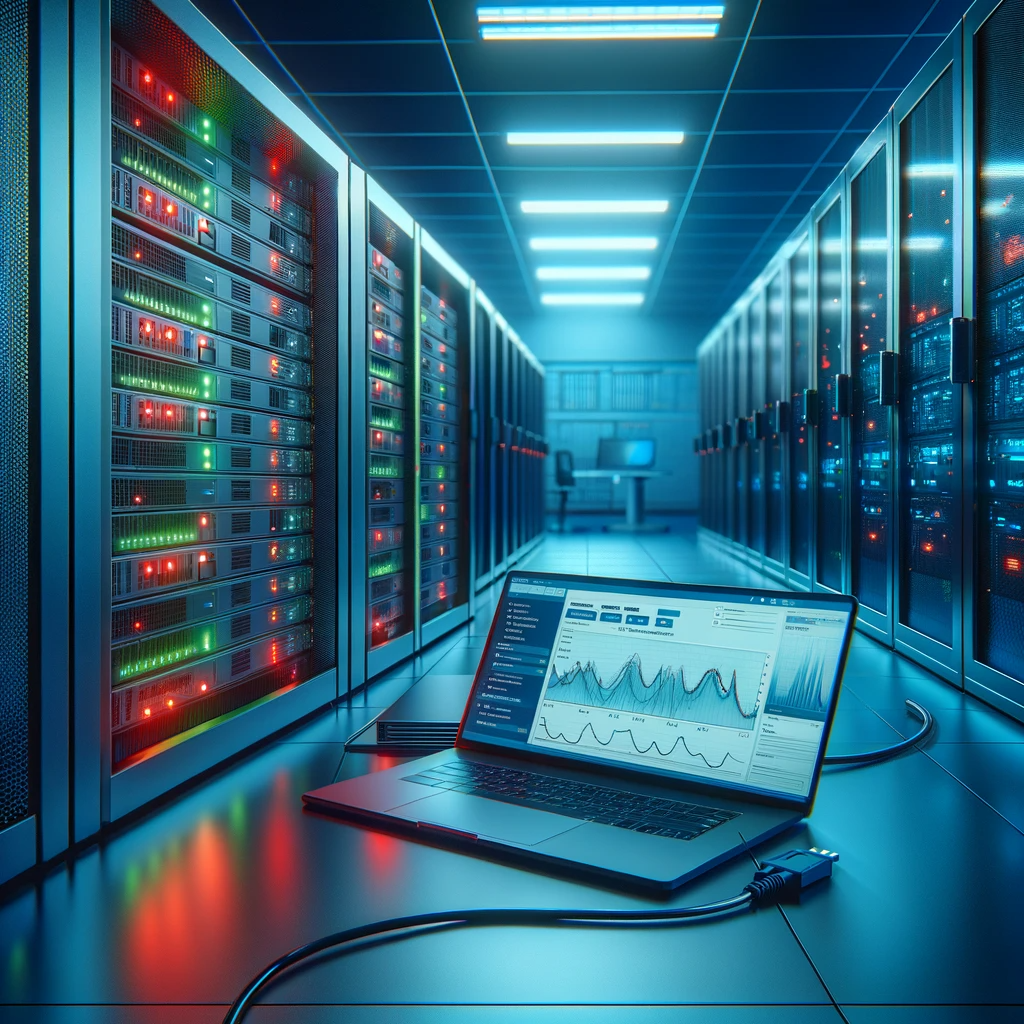Troubleshooting Common Issues with Dedicated Servers
Managing a dedicated server can be a complex task, but understanding common issues and their resolutions can ensure your server operates at peak efficiency. This comprehensive guide aims to arm you with the knowledge to tackle the most prevalent problems faced by server administrators.
1. Initial Setup and Configuration Challenges
When you first acquire a dedicated server, initial setup and configuration are critical. It’s essential to:
- Secure your server: Implement robust security measures such as firewalls, intrusion detection systems, and regular updates.
- Optimize performance settings: Adjust your server’s settings to match your specific workload requirements.
- Establish a backup protocol: Regular backups are vital to prevent data loss.
2. Network Connectivity Issues
Network problems can render your server unreachable. To troubleshoot:
- Check your network configuration: Verify that your IP address, subnet mask, and default gateway are correctly set.
- Inspect hardware connections: Loose cables or faulty hardware can cause network disruptions.
- Monitor for DDoS attacks: Ensure you have measures in place to detect and mitigate denial-of-service attacks.
3. Software and Application Failures
Software issues can cause a server to behave unpredictably. To resolve:
- Update your applications: Keeping software up to date can prevent many common issues.
- Review error logs: Logs can provide insight into what caused an application to fail.
- Configure resource limits: Properly allocated resources can prevent individual applications from affecting overall server performance.
4. Hardware Malfunctions
Hardware failures can lead to server outages. Keep an eye on:
- Hard drive health: Use tools to monitor for failing disks.
- RAM errors: Test your memory periodically to catch errors early.
- Overheating components: Ensure your server is in a cool, well-ventilated space.
Security Breaches
A security breach can be catastrophic. To enhance security:
- Regularly update passwords: Use complex passwords and change them frequently.
- Implement multi-factor authentication: An extra layer of security can help prevent unauthorized access.
- Conduct security audits: Regularly check your server for vulnerabilities.
Performance Bottlenecks
Performance issues can slow down your server. To optimize:
- Monitor server load: Use tools to track your server’s performance and pinpoint bottlenecks.
- Upgrade hardware: If your server is consistently under heavy load, consider upgrading components.
- Optimize configurations: Tweaking settings can improve server efficiency.
Database Connectivity and Performance
Databases are critical to server operations. Ensure smooth performance by:
- Regularly optimizing databases: This can help maintain speedy database operations.
- Monitoring connections: Too many simultaneous connections can slow down your server.
- Implementing caching: Caching frequently accessed data can significantly improve performance.
Email Delivery Issues
Problems with email delivery can impact communication. To troubleshoot:
- Verify your mail server configuration: Ensure that your SMTP, IMAP, and POP3 settings are correct.
- Check for blacklisting: If your server’s IP is blacklisted, it can prevent email delivery.
- Implement SPF and DKIM records: These can improve email deliverability and prevent spam.
Backup and Disaster Recovery Concerns
Having a solid backup and recovery plan is essential. Ensure that:
- Backups are regular and reliable: Automate your backup process to run at regular intervals.
- Recovery procedures are tested: Regularly test your recovery process to ensure it works correctly.
- Off-site backups are available: This protects against physical damage to your server location.
Regular Maintenance and Monitoring
Proactive maintenance can prevent many issues from arising. It’s crucial to:
- Schedule regular maintenance windows: Use this time to update software and check hardware health.
- Implement monitoring solutions: Real-time monitoring can alert you to potential problems before they escalate.
In summary, managing a dedicated server requires a proactive approach to prevent and resolve common issues. By following the guidelines outlined in this article, server administrators can ensure their servers run smoothly and continue to perform optimally.


